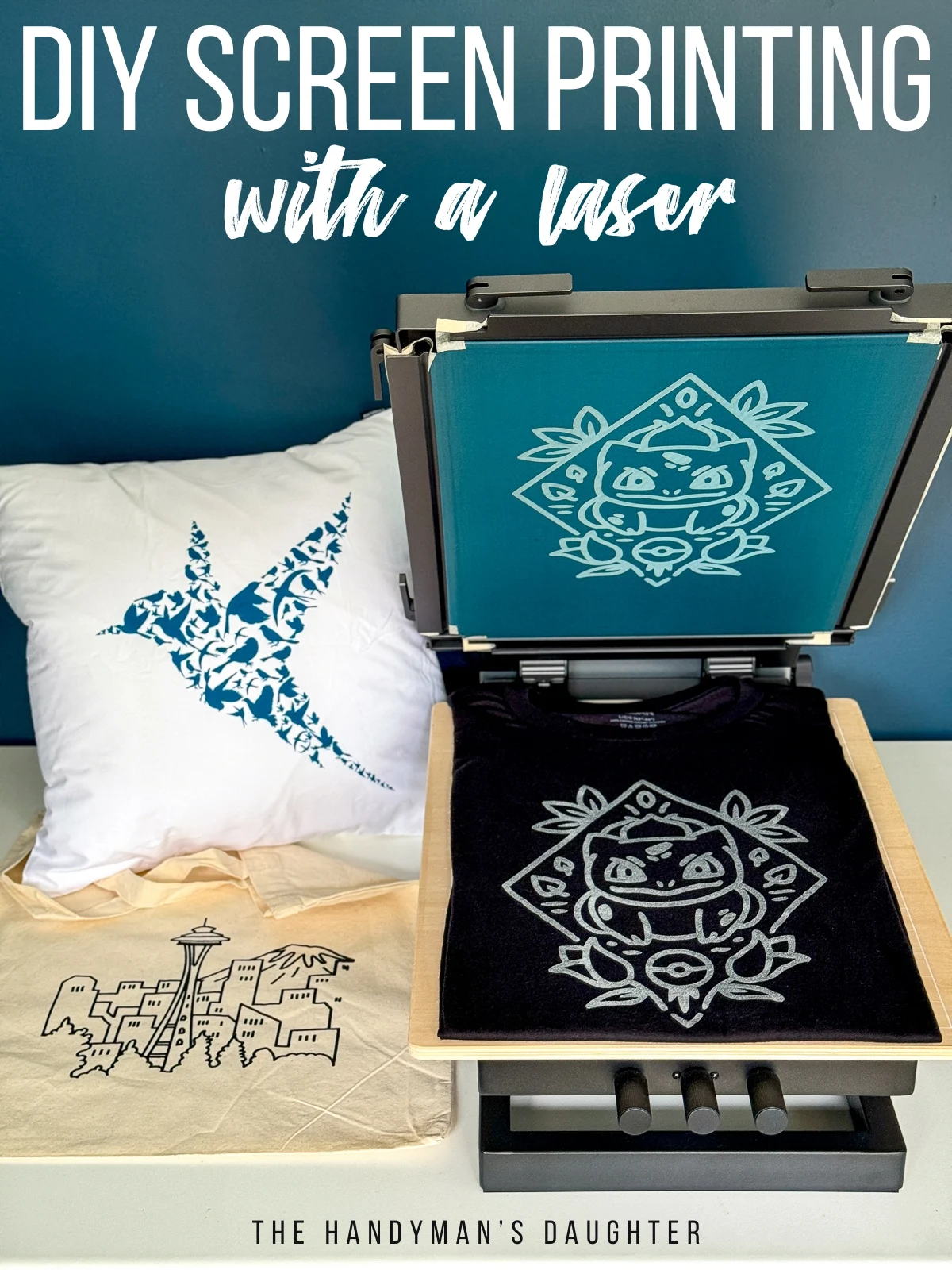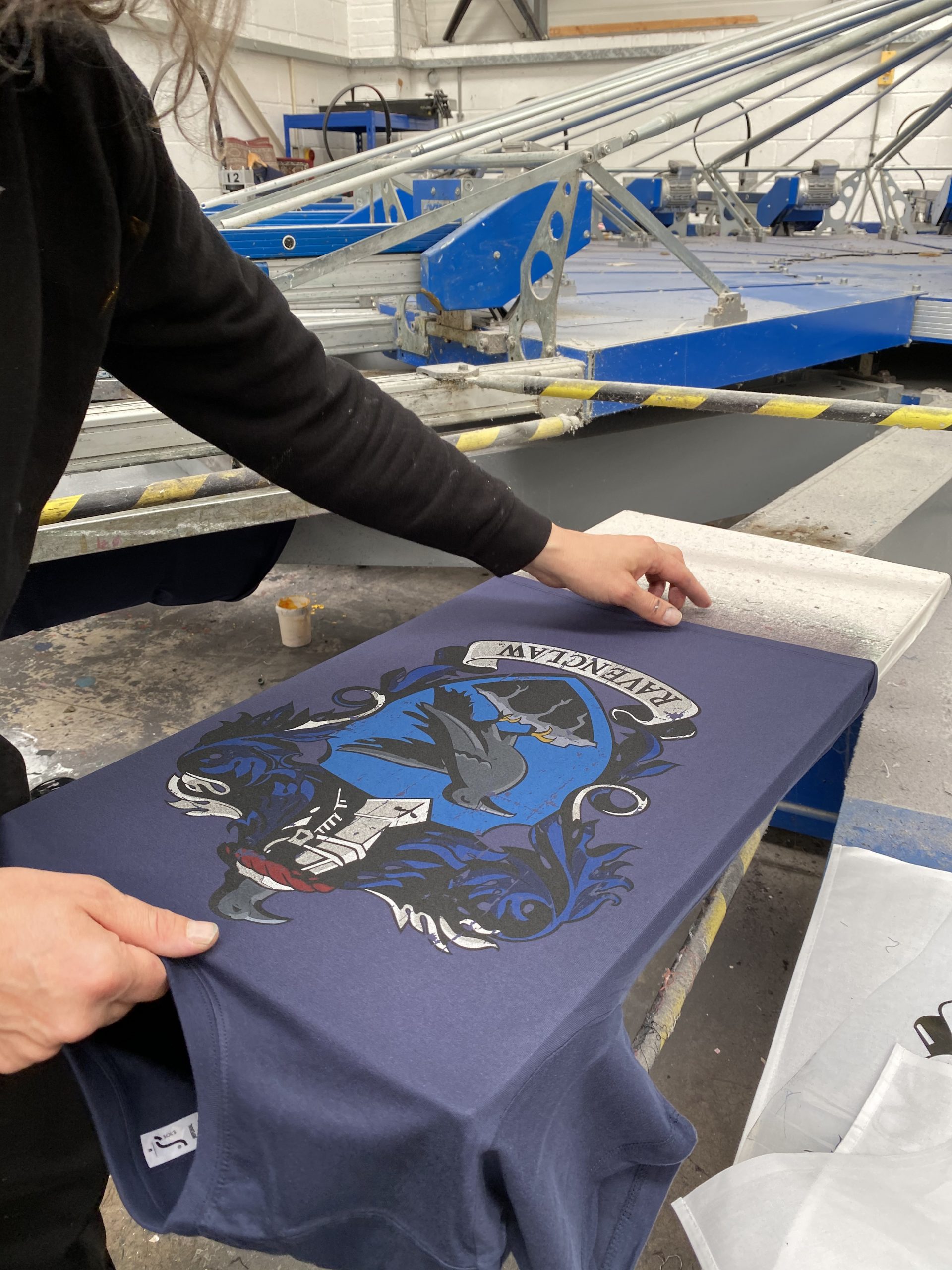The Important Guide to Recognizing Screen Printing and Its Versatile Makes use of
Screen printing has an abundant background that goes back to ancient times, evolving right into a sophisticated technique used across different markets today. This guide discovers the ins and outs of the screen printing procedure, describing its applications in fashion, advertising, and home design - 10:9 Design Screen Printing. Understanding these fundamentals can open up creative possibility for both business and artistic projects. The adhering to sections will certainly reveal vital ideas and methods to enhance one's screen printing ventures
The Background of Screen Printing
Although screen printing has roots that map back centuries, its development shows the technological and imaginative advancements of various cultures. Stemming in old China, the strategy was originally used for decorating textiles and later spread to Japan, where it came to be integral to Ukiyo-e woodblock printing. The technique shifted to Europe in the 18th century, where it obtained appeal amongst craftsmens and business printers. The invention of photo emulsion in the 20th century reinvented screen printing, permitting more complex layouts and higher efficiency. Musicians like Andy Warhol additionally propelled its appeal, utilizing the tool to create legendary works that blended commercialism and art. By the late 20th century, screen printing had actually established itself as a functional strategy, utilized in vogue, marketing, and fine art. Today, it remains to advance, integrating digital modern technology and expanding its applications across numerous markets.
The Screen Printing Process Explained
Screen printing changes artistic visions into tangible layouts via a series of exact steps. A picture is created and then transferred onto a screen, typically made of great mesh material stretched over a framework. A light-sensitive emulsion is applied to the screen, which is revealed to light, setting in locations not covered by the image. After washing out the unhardened emulsion, a stencil is developed.
Next, the screen is positioned over the substrate, whether it be textile, paper, or one more material. Ink is then pushed through the open areas of the stencil making use of a squeegee, transferring the design onto the substrate below. This procedure can be repeated for several shades, calling for different screens for each tone. The printed product is cured making use of warmth to guarantee the ink adheres correctly, resulting in a durable, vibrant style all set for use.
Kinds Of Screen Printing Techniques

Furthermore, specialized strategies, such as discharge screen printing, get rid of color from the fabric to produce softer prints, while aluminum foil screen printing uses metallic aluminum foil to achieve a glossy coating (10:9 Design Company). Each technique uses distinct features, dealing with different creative demands and manufacturing ranges, ultimately broadening the possibilities within the screen printing domain
Applications of Screen Printing in Numerous Industries

In addition, the signs and advertising and marketing sectors utilize screen printing for creating attractive screens and banners. This technique enables bold colors and detailed styles that catch attention. In electronic devices, screen printing is used for using conductive inks to motherboard, crucial for element links. The home decoration market embraces screen printing to produce distinctive styles on textiles and wall surface art. In general, screen printing functions as a crucial tool across varied fields, boosting items with customized and aesthetically enticing graphics.
Tips for Successful Screen Printing Projects
While undertaking a screen printing task, mindful interest to information can considerably improve the last result. First, picking top quality products is vital; this includes the screen, inks, and substrates. Utilizing appropriate mesh matters can impact ink deposition and information resolution. Preparation is just as vital; complete cleansing of displays and proper direct exposure times assure crisp prints.
Next, accurate enrollment is essential for multi-color prints. Using placement devices can assist achieve exact layering. Additionally, testing prints on scrap materials before manufacturing assists identify prospective concerns without losing resources.

Frequently Asked Questions
What Products Are Finest for Screen Printing on Fabric?
Cotton and polyester blends are perfect for screen printing on fabric as a result of their toughness and ink absorption. Additionally, specialized materials like silk or canvas can create one-of-a-kind appearances and finishes, improving the general design top quality.
Exactly how Do I Tidy and Maintain Screen Printing Equipment?
To cleanse and keep screen printing devices, one need to consistently clean screens with proper solvents, check squeegees for wear, lube relocating components, and store all things in a dry, dust-free atmosphere to extend their lifespan.
What Are the Environmental Impacts of Screen Printing?
Screen printing can have significant environmental effects, consisting of chemical waste from inks and solvents, water use during cleaning processes, and energy intake. Sustainable practices and environment-friendly materials are important for decreasing these negative results.
Can Screen Printing Be Done at Home Successfully?
Screen printing can be efficiently done at home with the best materials and methods. Hobbyists can produce top quality prints, though success relies on their skill level, equipment, and understanding of the procedure included.
What Are the Costs Connected With Beginning a Display Printing Business?

Beginning a screen printing business involves prices for equipment, materials, and office. First costs usually range from a few hundred to numerous thousand bucks, depending upon the scale, high quality of machinery, and preferred production capacity.
Screen printing has a rich background that dates back to old times, progressing right into a sophisticated method used across different industries today. An additional method, rotating screen printing, employs round screens, helping with continuous printing on textile rolls, thereby boosting efficiency for large manufacturings. In addition, specialized strategies, such as discharge screen printing, eliminate color from the material to create softer prints, while aluminum foil screen printing uses metallic foil to achieve a shiny coating. In the fashion sector, screen printing is extensively used to produce vivid styles on clothing, allowing brands to display their unique styles. Cotton and polyester read more blends are ideal for screen printing on textile due to their sturdiness and ink absorption.